June is LGBTQIA+ Pride Month, happy Pride!
 |
|
On May 23rd, we officially welcomed Richard Crenshaw to the Ward 8 office as a City of Minneapolis Urban Scholar intern. The City of Minneapolis is one of several partner organizations to The Urban Scholars Leadership and Professional Development Program, which provides students from diverse racial and ethnic backgrounds with distinctive professional experience and focuses on leadership skills. The program runs from May 22-Aug.
Richard graduated at Hamline University with a BA degree in Social Justice. He recently finished an internship program with Professor and Consultant Jason Sole. Together they worked on a document called ‘Community Contract’ that focuses on ways to hold local politicians accountable.
|
Richard is passionate about racial justice, equity, and embracing difference. He hopes to help create transformative justice to make our society more just for everyone.
We are excited to have Richard work with the Ward 8 office this summer! Please don’t hesitate to say “hello” if you see Richard around the Eighth Ward or City Hall.
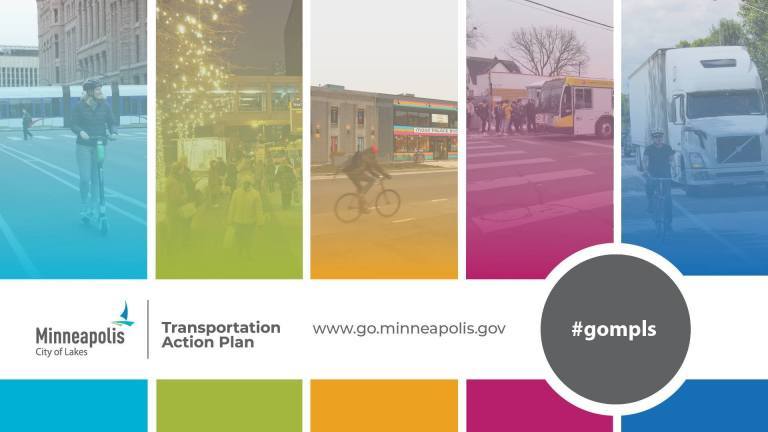 City staff want to hear from you as they develop the Minneapolis Transportation Action Plan and Vision Zero Action Plan.
Staff are collecting feedback through June 6 via online surveys and comment maps where you can offer suggestions on improving transportation infrastructure, take surveys on each of the Transportation Action Plan topics, and leave detailed feedback about your thoughts on Vision Zero-related safety concerns.
Watch an online open house and Q&A session to learn more about the two plans and how to get involved. In addition to the online forum, Public Works staff held community workshops, organization workshops, and a series of community dialogues throughout April to collect public input on ways to improve the city’s transportation system.
What is the Transportation Action Plan?
The Transportation Action Plan will be a 10-year plan to implement the transportation visions outlined in the Minneapolis 2040 Comprehensive Plan. It will develop strategies and actions on the following topics: advanced mobility, pedestrian, bicycle, transit, freight, street operations and street design. The Vision Zero Action Plan will be a three-year plan to advance the City’s commitment to ending traffic fatalities and severe injuries resulting from traffic crashes on our streets by 2027.
For more information visit the Transportation Action Plan website and Vision Zero Minneapolis website. Follow #gompls on social media to be part of the conversation.
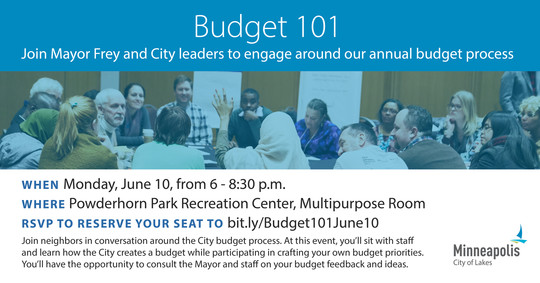 Join neighbors and City leaders in conversation around the City budget process. At this event, you’ll sit with staff and learn how the City creates our budget while participating in crafting your own budget priorities. You’ll have the opportunity to consult the mayor and staff on your budget feedback and ideas.
6-8:30 p.m. Monday, June 10 Powderhorn Park Recreation Center, Multipurpose Room 3400 15th Ave. S
Please register here. Space is limited and we need to ensure we have adequate staff and materials available.
 Image credit: Minneapolis Art Wrap designs by Gail Katz-James (left) and Kirsten Walstead (right, also in photo)
The City of Minneapolis is seeking 20 artists to create the next generation of Art Wraps! The Art Wrap program has become a popular form of Public Art on our local utility boxes, and has helped decrease tagging and graffiti on utility boxes. The selected designs will be available to communities at the end of this summer through our public art permit application process.
Artists of all experience levels from Minnesota are encourage to apply! Artists whose designs are selected will be awarded $1,100-$2,500. To learn more about this opportunity and how to apply, please visit our Call for Artists website, Here.
Who can apply: Artists who live in MN
Experience: all experience levels
What: Utility Box Designs
Theme: What makes Minneapolis unique?
How Much: $1,100 single design, $2,500 for a suite
Application Deadline: July 2nd, 2019
Call for Artists is posted on our website here: http://www.minneapolismn.gov/dca/callforartists
Here is a link to our intent to apply form, Click Here
Preliminary population estimates show Minneapolis and Saint Paul continue to lead growth in number of new residents
Population growth continues throughout the seven-county metro region, according to the Metropolitan Council’s community-level preliminary population estimates for 2018. Early estimates show the strongest growth continues in urban and suburban areas.
As population growth outpaces residential construction, however, the region’s housing vacancy rate has gone down, housing prices and rental rates have risen, and the shortage of housing and affordable housing reaches critical proportions.
“Steady growth is a sign of our diverse and competitive economy and livable cities,” said Council Chair Nora Slawik. “But the challenge remains of ensuring housing, and housing that’s affordable, is available to all families who want to make this their home and place of work,” said Slawik.
“Housing is no different from other infrastructure, like sanitary sewers, and transit and transportation that allows us to grow and prosper,” she said. “We need housing production to keep pace with growth and meet the needs of residents now and in the future.”
Local government officials can review and comment on the preliminary estimates. By statute, the Council will finalize the estimates by July 15 for state government purposes, such as local government and street aid.
Most growth in region’s center
Growth is occurring across the region, according to the preliminary estimates, but the communities that have added the most people since 2010 are:
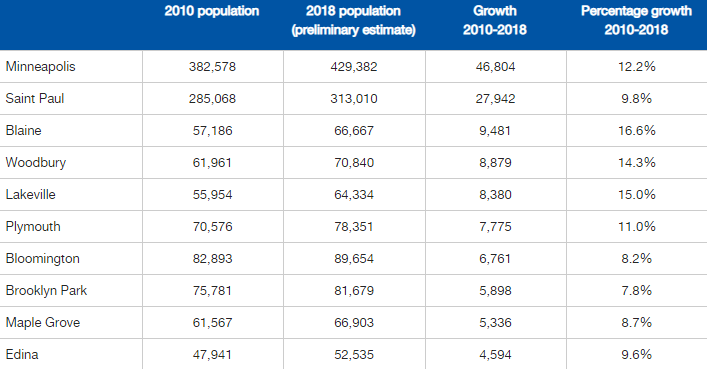 Like previous findings, the region’s total growth breaks down roughly into thirds. Based on the Council’s Community Designations (PDF), Urban Center communities — Minneapolis and Saint Paul and the region’s oldest suburbs — have accounted for one-third of the region’s population growth since 2010.
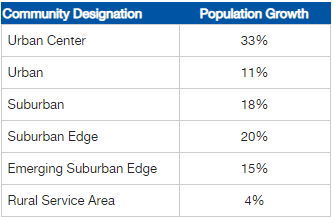 Urban and Suburban communities (cities that experienced their peak development before 2000, such as Brooklyn Park and Maplewood) accounted for nearly one-third of the region’s growth. Suburban Edge and Emerging Suburban Edge communities (which tend to have more developable land, such as Chanhassen and Woodbury) have accounted for the remaining one-third, with modest growth in more rural and agricultural communities.
Different kinds of development have contributed to this growth. Urban Center and Urban communities are growing primarily because of new multifamily developments like apartments and condominiums, while Suburban Edge and Emerging Suburban Edge communities are growing primarily because of new single-family homes (both detached homes and townhomes). Suburban communities’ growth reflects both single-family and multifamily housing.
Low vacancy rates, shortage of housing production, higher housing costs
According to the preliminary estimates, the region added 96,100 households between 2010 and 2018, but just 75,600 housing units. The remaining 20,500 households occupied existing housing, drawing down vacancy rates.
Vacancy rates dropped as the economy improved after 2010 and reached an estimated 3.9% in 2018, down from 5.8% in the 2010 Census. According to annual data from the U.S. Census Bureau’s Current Population Survey, vacancy rates in our region are at their lowest since the early 2000s and are some of the lowest in the country.
 About the estimates
The Council’s estimates differ from those developed by the U.S. Census Bureau, scheduled for release on May 23. The Census Bureau uses an estimation method that relies on birth rates, death rates, and migration rates to arrive at county populations, then apportions those county populations to the various communities.
The Council’s method takes advantage of the latest available local information on each community’s housing supply, vacancy rate, and group quarters population.
See information about the Council’s population estimates and how they calculate estimates.
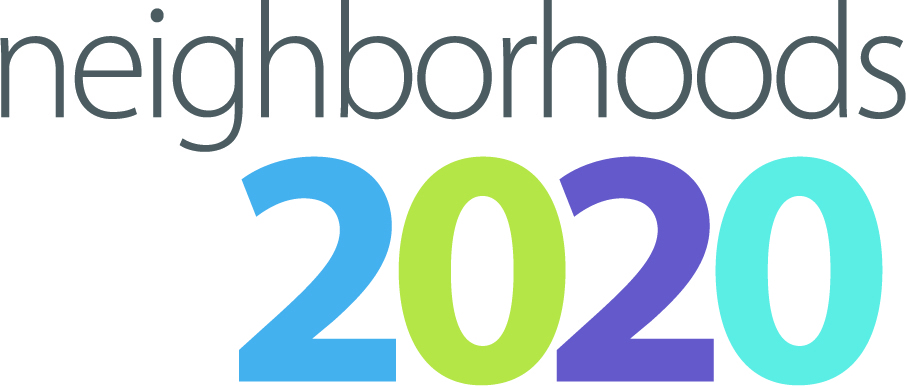 The City Council has passed the Neighborhoods 2020 framework and two staff directions supporting community engagement. City staff are directed to develop a workplan and timeline for adopting a Citywide community engagement policy. Staff are further directed to work with a consultant(s) to continue conversations with neighborhoods and the community on program guidelines and metrics for the Neighborhoods 2020 framework while continuing to ensure that racial equity remains at the core of the work.
The City recognizes that neighborhoods are positioned to identify local issues and opportunities and understands that Minneapolis greatly benefits from a robust neighborhoods system. The Neighborhoods 2020 framework addresses neighborhood programming, funding and governance structure for the city’s 70 neighborhood organizations in 2021 and beyond. This endeavor is part of broader work across the City to ensure greater equity for Minneapolis residents.
The framework goals include:
- Organizations reflecting the diversity of the communities they serve.
- Simplifying participation for all.
- Saving money and staff time for participating organizations.
Since 2016, the City of Minneapolis Neighborhood and Community Relations Department has been holding conversations with community and neighborhood leaders and elected officials about the needs and goals of this growing and vibrant city, and identifying the role that neighborhoods should play in meeting them. This initiative, called Neighborhoods 2020, culminated in a set of recommendations presented to the City Council’s Public Health, Environment and Community Engagement Committee May 6. The May 17 City Council actions approved the core aspects of that recommendation along with the staff directives.
Find the framework resolution and staff directions here. Items 2, 4 and 5 were approved and are pending mayoral review.
More information is available at minneapolismn.gov/ncr/2020.
 Homegrown Minneapolis invites community members to participate in any or all upcoming meetings or weigh in online to help develop a food policy action plan. City staff intend for the plan to guide the City toward a more equitable, climate resilient, just and sustainable local food system and local food economy. Access to healthy and local food is important for the health of people who eat it, for the local communities it helps support and for protecting the climate.
These Food Council meetings will focus on specific Minneapolis food action plan topics. Anyone who can’t attend a meeting can still weigh in online.
2019
- Topic 1: Food justice and equity Online comments taken now.
- Topic 2: Diets and community demand 5-7:30 p.m. July 24 Minneapolis location to be determined
- Topic 3: Agricultural food production 5-7:30 p.m. Sept. 11 Minneapolis location to be determined
- Topic 4: Retail, wholesale, processing and distribution 5-7:30 p.m. Nov. 13 Minneapolis location to be determined
2020
- Topic 5: Food waste generation and management 5-7:30 p.m. Jan. 8 Minneapolis location to be determined
- Topic 6: All topics together with governance, finance and implementation 5-7:30 p.m. March 11 Minneapolis location to be determined
The Minneapolis Food Action Plan will serve as an appendix to the City’s Climate Action Plan and a stand-alone framework with food systems data and recommended goals, strategies, tactics and measurable indicators for City of Minneapolis policy and investment and Food Council action. The planning process will include opportunities to engage and contribute ideas throughout. The plan will be developed with community input in partnership with University of Minnesota researchers and the Homegrown Minneapolis Food Council.
Background
In 2013, the City of Minneapolis adopted the Minneapolis Climate Action Plan, which is the City’s roadmap to reducing Citywide greenhouse gas emissions. In 2017, the City of Minneapolis signed on to the Milan Urban Food Policy Pact. Most recently, the City of Minneapolis adopted Minneapolis 2040, the City’s comprehensive plan. The Climate Action Plan defers to Homegrown Minneapolis for proposed climate change-related food systems actions, which this effort intends to advance through the framework of the Milan Urban Food Policy Pact with research partnership from the University of Minnesota.
Find the full meeting calendar and more information about the topics here.
 Now that the snow has melted, Minneapolis residents should make sure to clean up any nuisance conditions in their yards before routine neighborhood inspections. Housing Inspections Services staff look for nuisance violations throughout the year to help keep Minneapolis safe, clean and livable, but they are most common in the spring, summer and fall.
Property owners with nuisance violations will get a letter and about a week to resolve the violations. If they don’t resolve violations by the due date, contractors will complete the work, and the property owner will be charged a fee. Anyone with questions about a letter regarding nuisance violations can call 311.
Some of the most common nuisance violations that City staff looks out for:
-
Tall grass and weeds: Grass and weeds must be under 8 inches.
-
Inoperable vehicles: Vehicles that are not in working condition may not be stored on residential property. This includes vehicles with flat tires or expired tabs.
-
Vegetation overhanging the sidewalk, alley or street: Bushes and other vegetation overhanging sidewalks, alleys or streets must clear sidewalks by 7 feet and alleys and streets by 14 feet.
-
Garbage, litter and junk: Yards must be free of trash and debris.
-
Brush and branches: Brush and branches attract rodents and are a fire hazard. Solid Waste & Recycling customers can bundle them for pickup at their curbside or alley location on garbage day in the spring, summer and fall.
Some resources exist to help seniors, veterans and disabled people.
Visit www.minneapolismn.gov/inspections for more information. To report a property in violation or for additional questions, call 311.
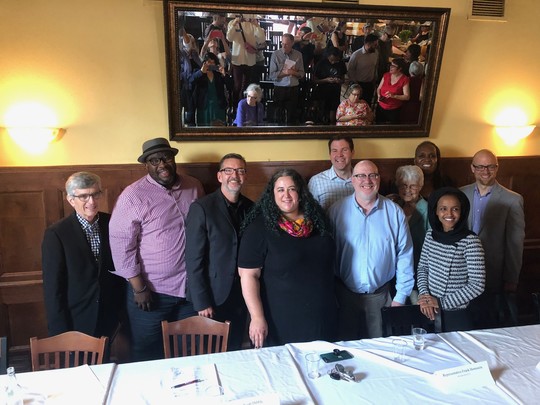
|